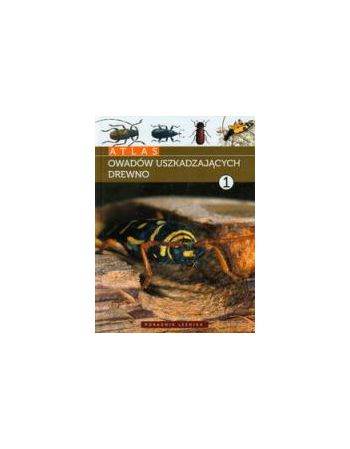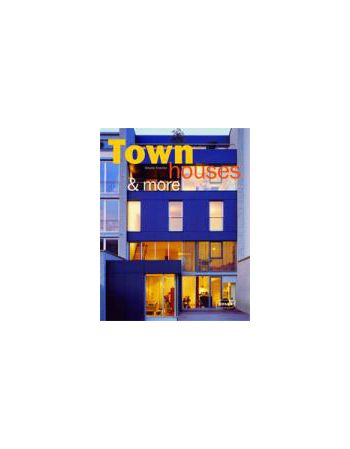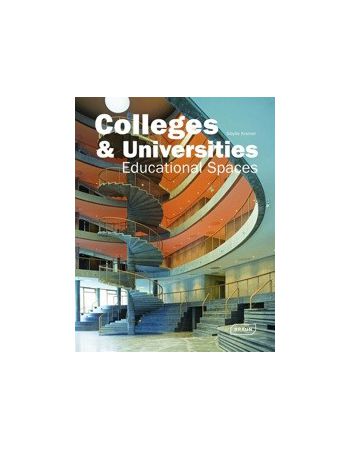Atlas owadów uszkadzających...
Profesjonalny atlas entomologiczny to cenne źródło wiedzy i niezastąpiona pomoc w pracy dla: - leśników i pracowników terenowej służby ochrony lasu, - studentów wydziałów leśnych i technologii drewna, - konserwatorów mebli i osób zajmujących się renowacją domów oraz innych konstrukcji drewnianych. Portrety 134 najważniejszych owadów uszkadzających drewno w okresie między ścinką a jego przerobem oraz w gotowych już wyrobach drewnianych. W identyfikacji szkodników pomagają rysunki i liczne fotografie. Szczegółowe informacje o morfologii owadów i biologii ich rozwoju, roślinach żywicielskich, w których żerują, materiale lęgowym larw, rodzaju wyrządzanych szkód, a także o metodach profilaktyki i zwalczania szkodników.



